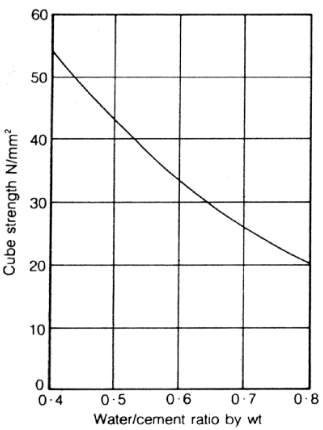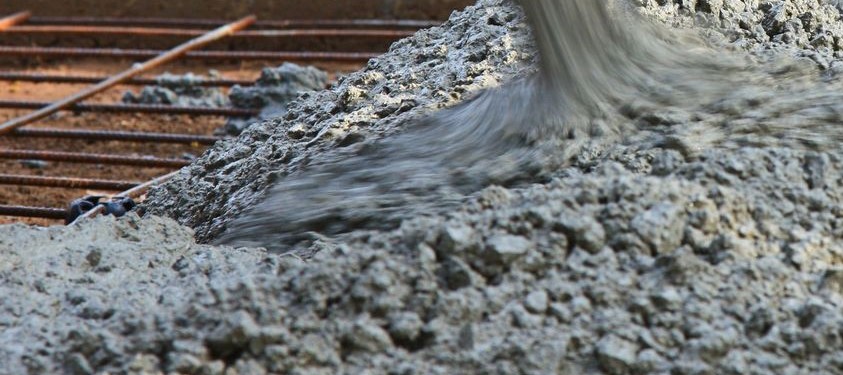This post gives a basic outline on how the concrete is made. Simply, concrete is a mix of paste and aggregates. The paste, which consists of portland cement and water, coats the surface of the fine and coarse aggregates. Concrete gets its hardness from a chemical reaction between cement and water called hydration. This hydration causes the paste to harden and gain strength.
Because of its plasticity and mold-ability when newly mixed and strength and durability when hardened, concrete became the number one construction material used worldwide in numerous structural applications such as skyscrapers, bridges, sidewalks and superhighways, houses and dams.
Concrete Mix Proportioning
Well proportioning and mixing of the concrete ingredients is the main key to obtain a concrete with good strength and durability properties. For instance, if one prepared a mixture that does not have enough paste to cover the aggregates and fill all the voids between them, there will be problems in concrete placing and the produced concrete will have rough surfaces and high porosity. On the contrary, a mixture with an excess of cement paste will be easy to place and will produce a smooth surface; but, the resulting concrete is not cost-effective and can more easily crack.
Therefore, the engineer should at the end give the proportions that will ensure good concrete properties and in the same time to be cost effective.
One of the most important quality aspect of concrete is the ” water-to-cement” ratio (w/c). The water-cement ratio is the weight of the mixing water divided by the weight of the cement. To achieve a high-quality concrete, lowering the water-cement ratio is always the first option, of course, without sacrificing the workability of fresh concrete, allowing it to be properly placed, consolidated, and cured.

So, a well designed mix will result in acceptable workability for the fresh concrete and the required durability and strength for the hardened concrete. For normal application, a proper mix would contain:
- 10 – 15 % cement,
- 60 – 75 % aggregate and,
- 15 – 20 % water.
Some Considerations Regarding Mix Components
1- The used water in concrete mixing is any natural water that is drinkable and has no pronounced taste or odor ⇒ If water contains excessive impurities, several issues might arise such as efflorescence, staining, corrosion of reinforcement, volume instability, and reduced durability.
2- Concrete mixture specifications set limits on chlorides, sulfates, alkalis, and solids in concrete components to reduce the risk of concrete damage.
3- Carefully select the aggregates as they constitutes 60 to 75 percent of the total concrete volume.
4- The type and size of aggregate used depends on the thickness and purpose of the final concrete product. Thin sections require small coarse aggregate. In general, aggregates should be well graded, clean and free from any detrimental material.
Next Steps
1- After mixing the aggregates, water, and the cement, the mixture starts to harden due to the start of the hydration reaction.
2- Place the concrete in forms when it is thoroughly mixed and workable before the mixture becomes too stiff.
3- During placement, the concrete is consolidated to compact it within the forms and to eliminate potential flaws, such as honeycombs and air pockets.
4- Curing comes when the exposed surfaces of the concrete have hardened sufficiently. It is very important to ensures that the cement hydration will continue so that the concrete continues to gain strength.
